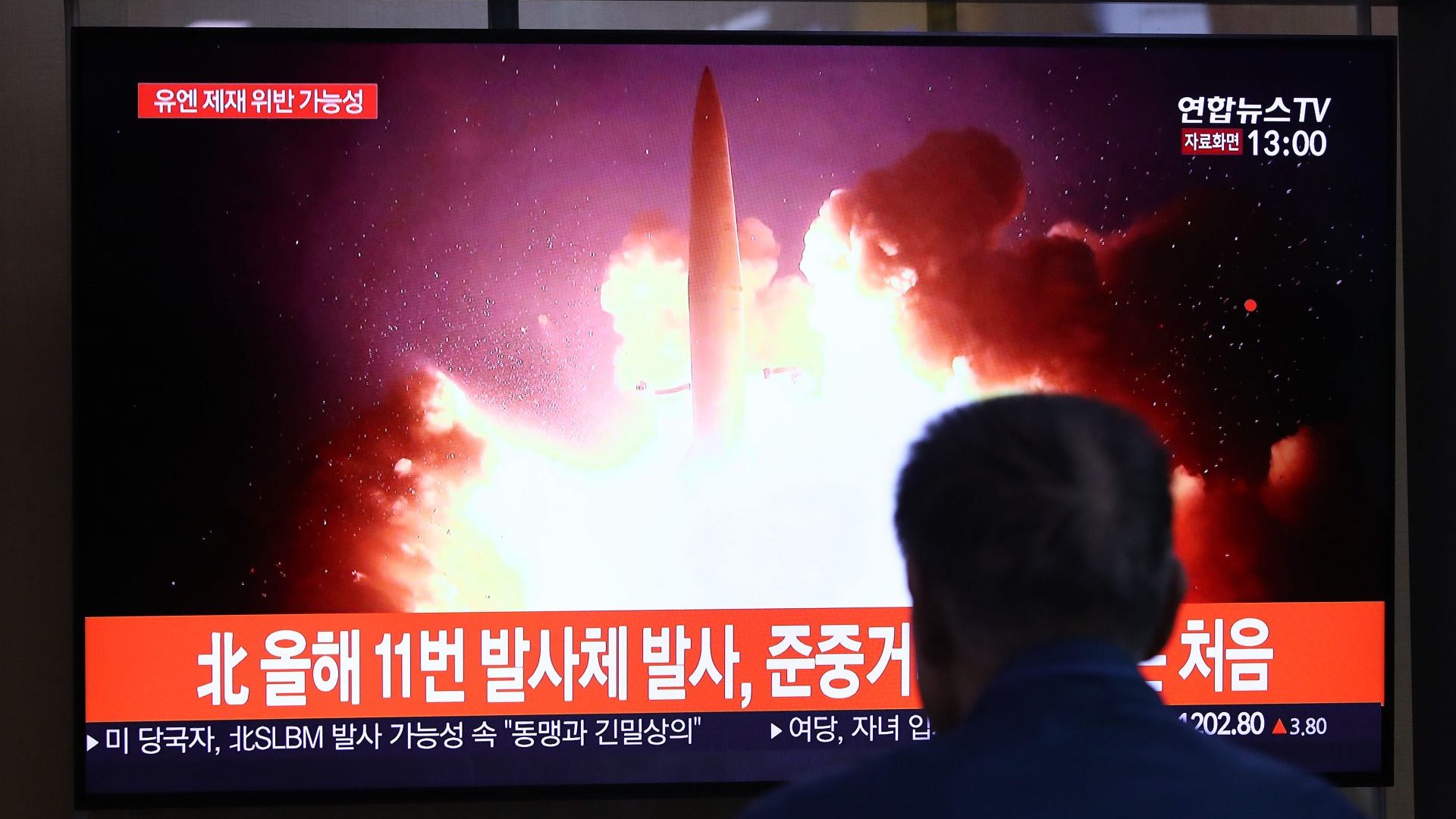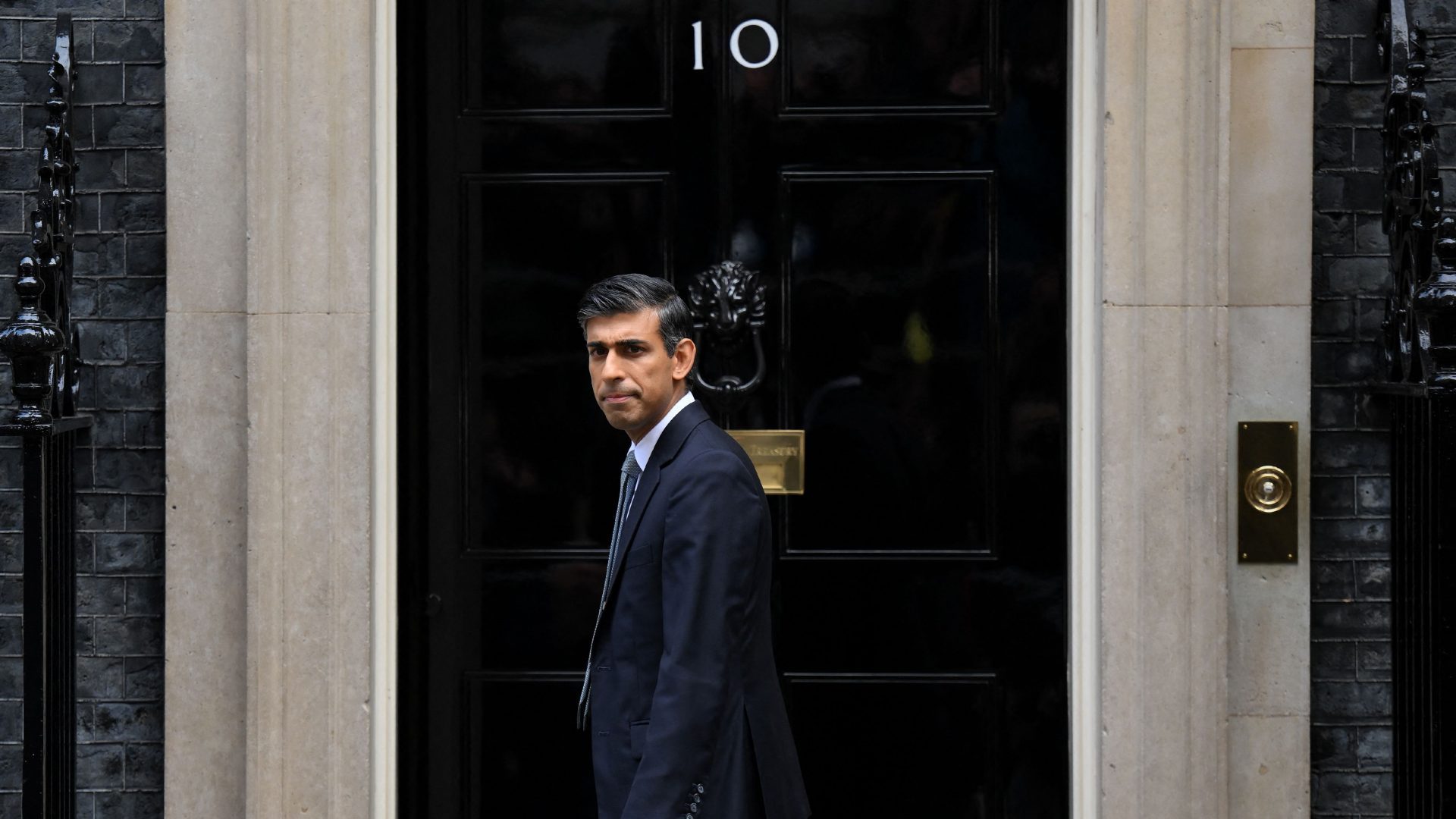The past two years have seen an unprecedented proliferation of conflicts: the full-scale invasion of Ukraine, the ethnic cleansing of Nagorno-Karabakh, the enforced French exit from the Sahel, extended civil war in Yemen and now Gaza, which security experts still fear could escalate into a regional conflagration.
But at least, so far, these conflicts have been immune to nuclear escalation. Vladimir Putin’s loyal TV pundits may fantasise, nightly, about drowning Liverpool and Dublin in a nuclear-induced tsunami – but in practice, the Russian Federation has never mobilised the units needed even for the early stages of nuclear brinkmanship.
These are well known to Nato planners, who have their own carefully calibrated “escalation ladder” in response, involving the planned release of certain missiles from storage, the activation of certain airforce units visible to Russian satellites, and precisely worded communiques. It’s all, in short, sub-nuclear. For now.
But as new research from the Council on Strategic Risks shows, the danger of nuclear escalation is rising – not primarily because of the memes and fantasies of the Russian regime, but because all nuclear-armed powers are modernising their forces in ways that, until now, have been hard to quantify.
The bald statistics on the global nuclear arsenal are hard to get, because the reality behind the numbers is protected by all nations, for security reasons. Britain, for example, stopped releasing certain information on its nuclear stockpile in 2021, in order to create deliberate uncertainty in the minds of Russian and Chinese planners as to the UK’s capacity to hit back.
This week CSR, a Washington-based policy institute, tried to plug the gap in knowledge by releasing a detailed, qualitative calculation of who’s really doing what with nukes. The research doesn’t just count warheads and missiles, but factors in the type of weapons that are becoming available, and their likely mission.
The results, according to researchers, show we’re risking the revival of some of the most dangerous dynamics of the cold war. These are: the return of intermediate-range (or so-called tactical) nukes, reduced warning times from decision to detonation, and the rise of geopolitical strategies focused on “crisis dominance” (ie winning rather than deterring).
In the cold war, for example, the USA, Russia and Britain scrambled to produce as many different types of nuclear weapon as possible – bombs, missiles, depth charges and torpedoes – and distribute them across every platform: air, land, sea and submarine. After 1989, however, all major powers tended to simplify their arsenals: Britain and France produced just one new missile each in the 1990s, and the USA introduced two.
Now, however, the pattern of diversifying nuclear arsenals has returned. Russia has introduced 10 new nuclear weapon types in the past 13 years, and China eight.
And while no nuclear weapon can really be called tactical – because the use of one would have strategic consequences for the user and the victim – the new focus of intermediate-range nukes, including anti-ship missiles and torpedoes, is clearly designed to give both Putin and Xi Jinping an edge when it comes to dominating an opponent during a crisis.
For example, a very low-yield nuclear bomb, launched from a Russian aircraft and burst 1km above a Ukrainian airfield would probably kill very few people. The headlines the next day might read: first nuclear attack since Nagasaki, 100 dead. The bomb would be a signalling device to the west, not an attempt to gain tactical advantage on the battlefield, which neither Ukraine nor its allies would have the capacity to match.
China meanwhile, says the CSR, is “in the midst of a major effort to significantly increase the quantity and capability of its weapons inventory in a highly opaque manner”.
In response, the US is poised to begin an upgrade of its land-, sea- and air-launched nukes that will cost $1.5tn (£1.18tn) over 30 years. And the Brits are building new submarines for the Trident missile, and upgrading the warheads that go on them. Only France, of the P5 powers, is not engaged in a major nuclear rearmament programme.
The worry is that, this time around, the control mechanisms between the world’s nuclear powers are limited, while the ability to monitor known and unknown new entrants – Israel, Pakistan, India and potentially Iran and North Korea – is also limited.
And even if we only consider the great powers: America, Russia and China, the problem is that there is no longer a stable global system, based on rules and acknowledged spheres of influence, to contain them.
The challenge, clearly, is to design a new set of rules and institutions. But talks under the Non-Proliferation Treaty are stalled. And even communications between the three capitals are limited (Joe Biden and Xi re-established a hotline last month, but it’s early days).
What we need, urgently, is a mechanism for nuclear de-escalation and determined action to prevent proliferation into the hands of failed, or rogue, regimes.
But the scale of the global crisis means the time is long gone for pacifism. Those who want to maintain and strengthen the nuclear peace need to accept that conventional deterrence – through rearmament and forward deployment of Nato forces – is more important than ever.
The best way to make sure Putin is never tempted to move from conventional to nuclear war is to place in his mind the certainty that he would lose the former, long before resorting to the latter could alter the outcome.




